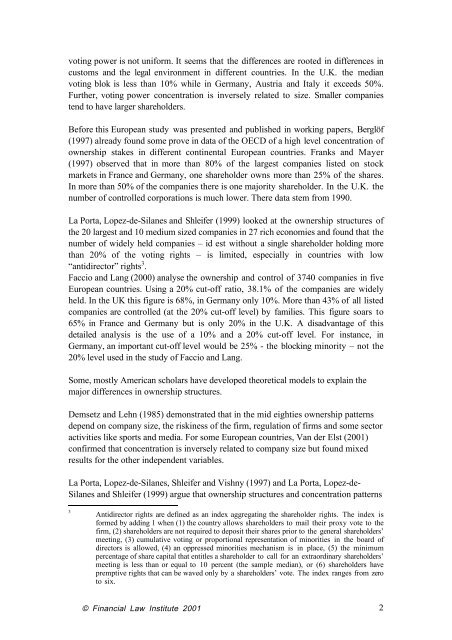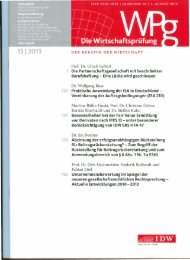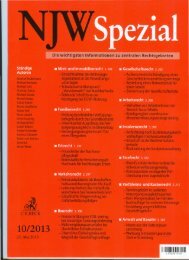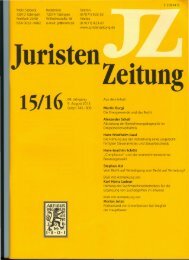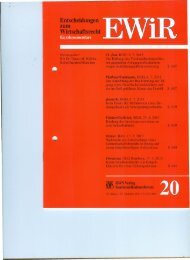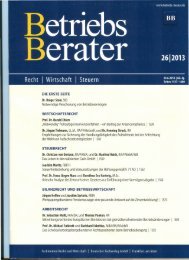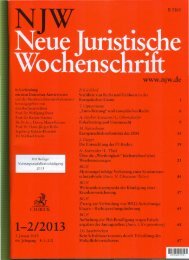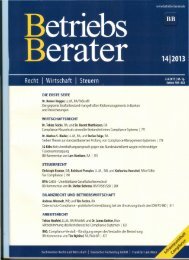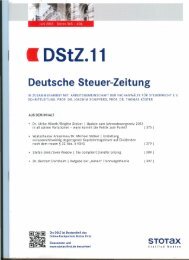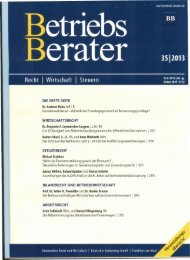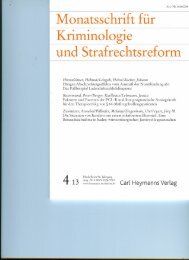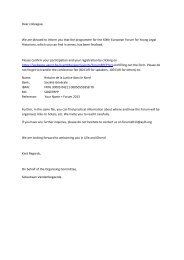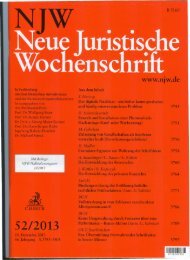Download - Universiteit Gent
Download - Universiteit Gent
Download - Universiteit Gent
You also want an ePaper? Increase the reach of your titles
YUMPU automatically turns print PDFs into web optimized ePapers that Google loves.
voting power is not uniform. It seems that the differences are rooted in differences in<br />
customs and the legal environment in different countries. In the U.K. the median<br />
voting blok is less than 10% while in Germany, Austria and Italy it exceeds 50%.<br />
Further, voting power concentration is inversely related to size. Smaller companies<br />
tend to have larger shareholders.<br />
Before this European study was presented and published in working papers, Berglšf<br />
(1997) already found some prove in data of the OECD of a high level concentration of<br />
ownership stakes in different continental European countries. Franks and Mayer<br />
(1997) observed that in more than 80% of the largest companies listed on stock<br />
markets in France and Germany, one shareholder owns more than 25% of the shares.<br />
In more than 50% of the companies there is one majority shareholder. In the U.K. the<br />
number of controlled corporations is much lower. There data stem from 1990.<br />
La Porta, Lopez-de-Silanes and Shleifer (1999) looked at the ownership structures of<br />
the 20 largest and 10 medium sized companies in 27 rich economies and found that the<br />
number of widely held companies Ð id est without a single shareholder holding more<br />
than 20% of the voting rights Ð is limited, especially in countries with low<br />
ÒantidirectorÓ rights 3 .<br />
Faccio and Lang (2000) analyse the ownership and control of 3740 companies in five<br />
European countries. Using a 20% cut-off ratio, 38.1% of the companies are widely<br />
held. In the UK this figure is 68%, in Germany only 10%. More than 43% of all listed<br />
companies are controlled (at the 20% cut-off level) by families. This figure soars to<br />
65% in France and Germany but is only 20% in the U.K. A disadvantage of this<br />
detailed analysis is the use of a 10% and a 20% cut-off level. For instance, in<br />
Germany, an important cut-off level would be 25% - the blocking minority Ð not the<br />
20% level used in the study of Faccio and Lang.<br />
Some, mostly American scholars have developed theoretical models to explain the<br />
major differences in ownership structures.<br />
Demsetz and Lehn (1985) demonstrated that in the mid eighties ownership patterns<br />
depend on company size, the riskiness of the firm, regulation of firms and some sector<br />
activities like sports and media. For some European countries, Van der Elst (2001)<br />
confirmed that concentration is inversely related to company size but found mixed<br />
results for the other independent variables.<br />
La Porta, Lopez-de-Silanes, Shleifer and Vishny (1997) and La Porta, Lopez-de-<br />
Silanes and Shleifer (1999) argue that ownership structures and concentration patterns<br />
3 Antidirector rights are defined as an index aggregating the shareholder rights. The index is<br />
formed by adding 1 when (1) the country allows shareholders to mail their proxy vote to the<br />
firm, (2) shareholders are not required to deposit their shares prior to the general shareholdersÕ<br />
meeting, (3) cumulative voting or proportional representation of minorities in the board of<br />
directors is allowed, (4) an oppressed minorities mechanism is in place, (5) the minimum<br />
percentage of share capital that entitles a shareholder to call for an extraordinary shareholdersÕ<br />
meeting is less than or equal to 10 percent (the sample median), or (6) shareholders have<br />
premptive rights that can be waved only by a shareholdersÕ vote. The index ranges from zero<br />
to six.<br />
© Financial Law Institute 2001 2


